More Affordable Than You Think: How Much Does CNC Machining Cost?
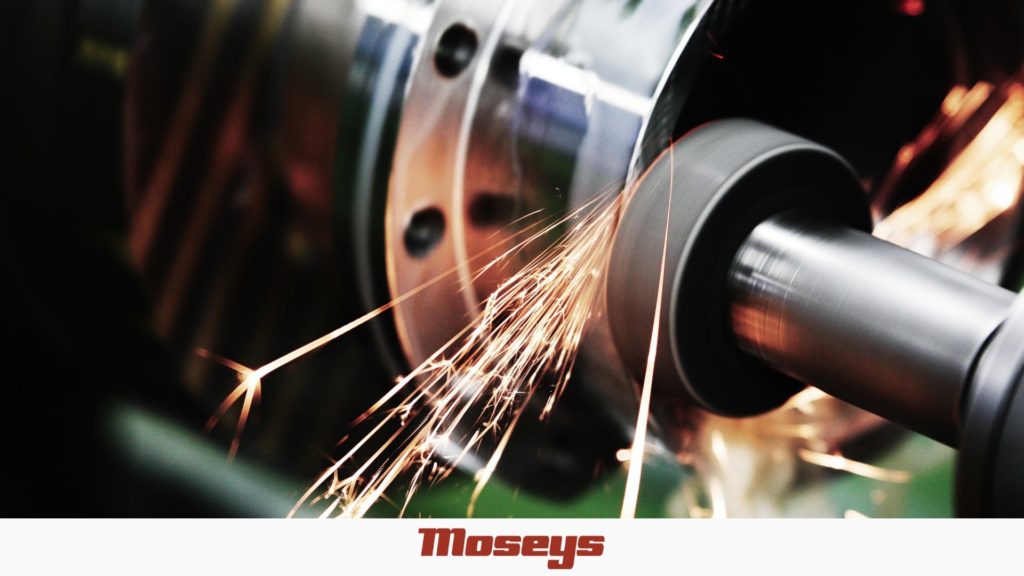
CNC machining is an accurate, precise, and affordable method for producing complex parts with strict tolerances. This manufacturing technique is used across many industries to create components for a wide range of end-uses. The requirements for these projects are incredibly varied, and so how much CNC machining costs vary as well. When you’re choosing a […]
Quick Guide to Machined Parts and How They Are Made
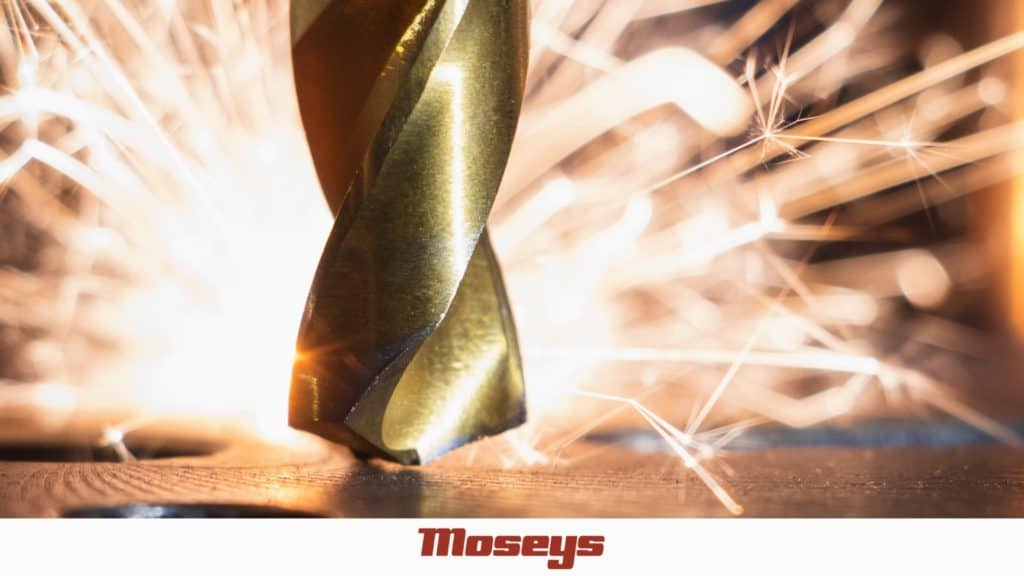
Machined parts are an integral component in many industries, with the global machining market expected to reach over $400 billion by 2022. And it’s no wonder–machining is used to produce parts for a wide range of applications, whether it’s an airliner flying at 35,000 feet or forceps in the hands of a surgeon. But What […]
The Ultimate Guide to CNC Machining Tolerance
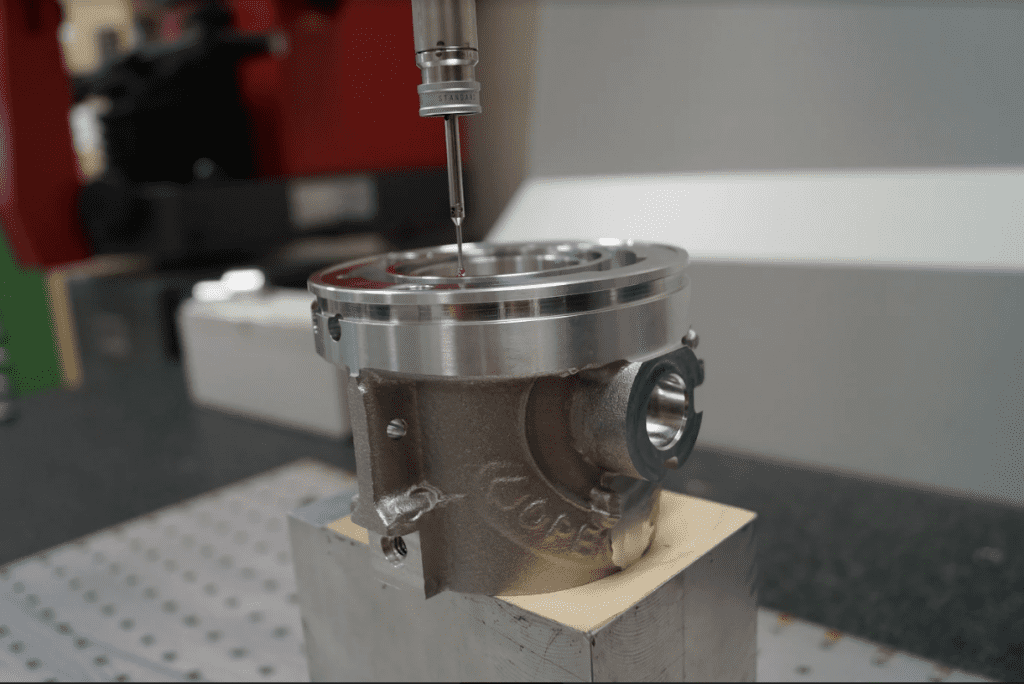
Computer numerical control (CNC) machining can achieve incredibly high levels of precision with accuracies as high as ±0.0025mm. While highly accurate, no two machined parts are completely uniform. To help bridge these deviations and uphold strict industry standards, cnc machining services rely on machining tolerances for an acceptable degree of variation to exist between any […]
CNC Machining Aerospace Parts: Everything You Need to Know

The quality and durability of machined parts and aerospace components are put to the test every time they soar through the clouds at 30,000 feet. Consisting of thousands of machined components, the degree of manufacturing complexity behind precision CNC machining aerospace parts is vast. Take for instance the Boeing 747, which consists of more than […]
Precision Machining Definition & Uses in Industry
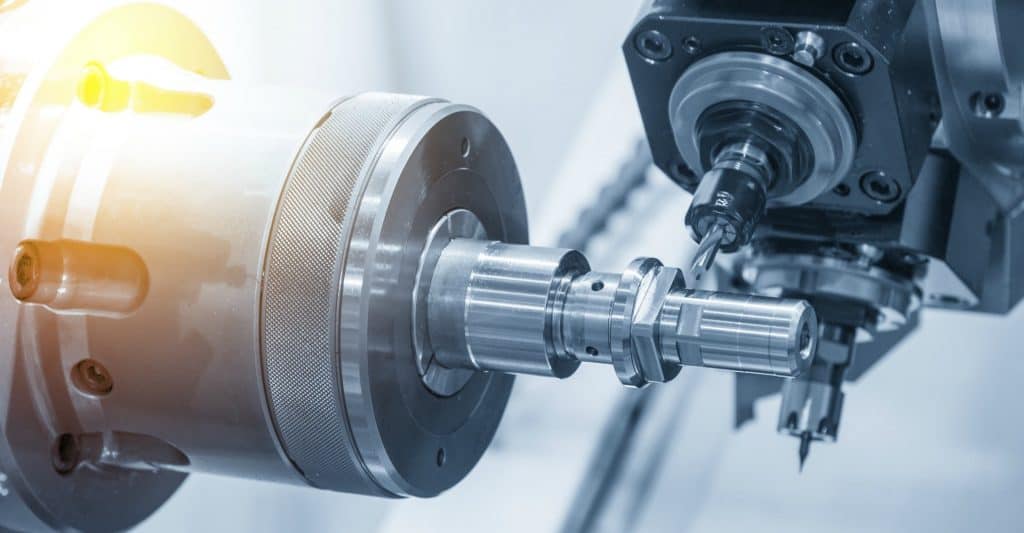
We live in an era where innovations in modern manufacturing (in the past twenty years especially) have excelled rapidly. And spearheading many of our manufacturing advancements has been the advent of precision machining. Precision machining plays a considerable role in creating many of the parts, tools, components and equipment that we use on a day-to-day […]
The Best Aluminum for Machining
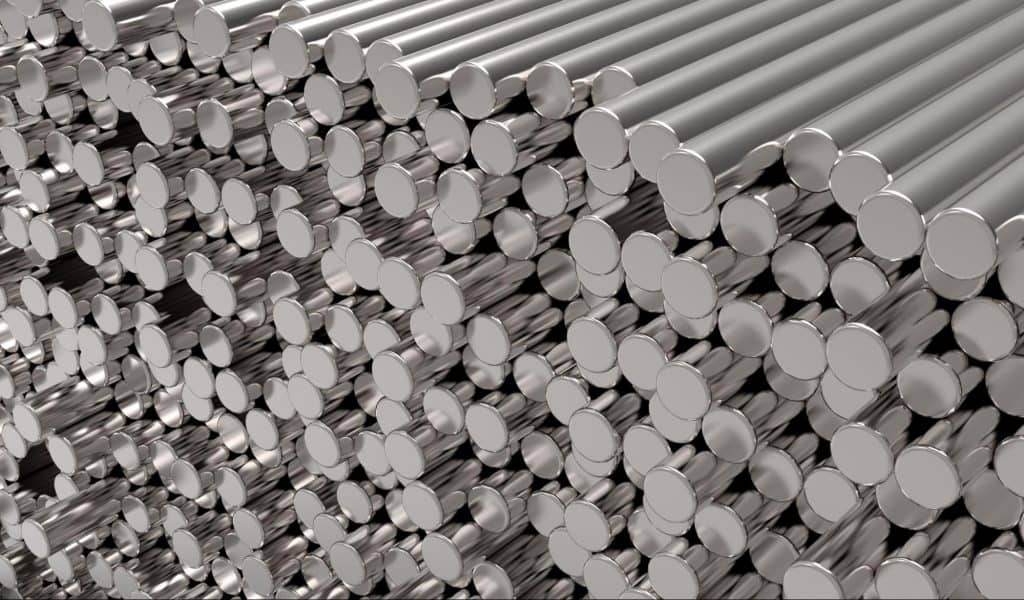
Aluminum is often used in custom component creation using subtractive, or CNC machining that makes use of cutting tools guided by Computer Numerical Control (CNC) to cut away at a solid. This type of manufacturing method is extremely accurate and precise, offering different surface finishes and often using special tooling to handle metals like aluminum. […]
Machining Tips & Techniques
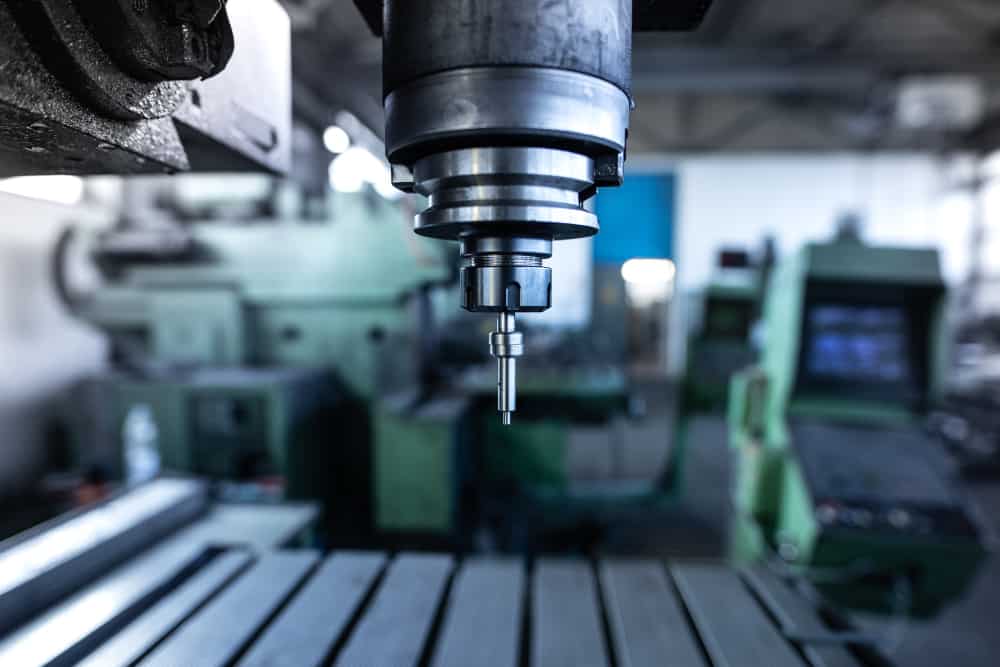
There’s an art (and science) behind machining with precision and accuracy. With countless variables to consider, the complexities of modern machining are growing more sophisticated as newly emerging production processes and technologies enter the fold. To help streamline your machining efforts, we’ve compiled the latest machining tips and tricks. In this article, we’ll cover: Common […]
Understanding Aerospace-Grade Aluminum: Strengths & Applications
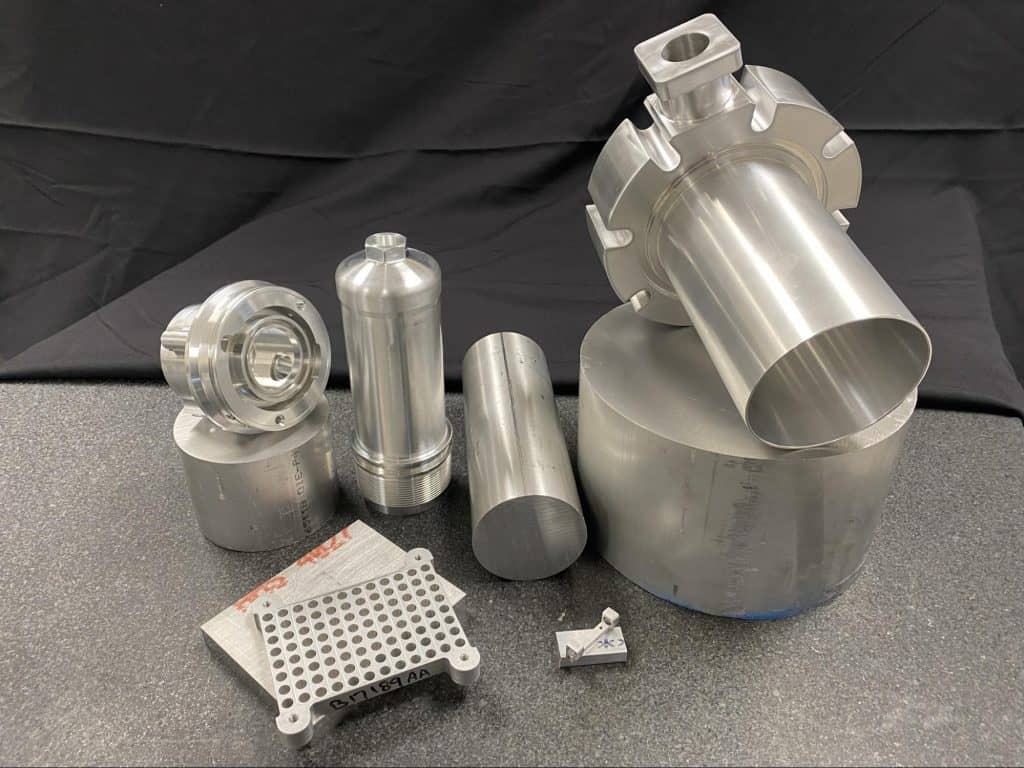
Aluminum has been used for aerospace applications since the late 1800s and was even used in 1903 when the Wright brothers pioneered air flight. More recently, aluminum was used on the Apollo spacecraft, on space shuttles and within the International Space Station. Many types of aerospace aluminum alloys are frequently used in aircraft construction due […]
Milling & Machining Fixtures: Everything You Need to Know
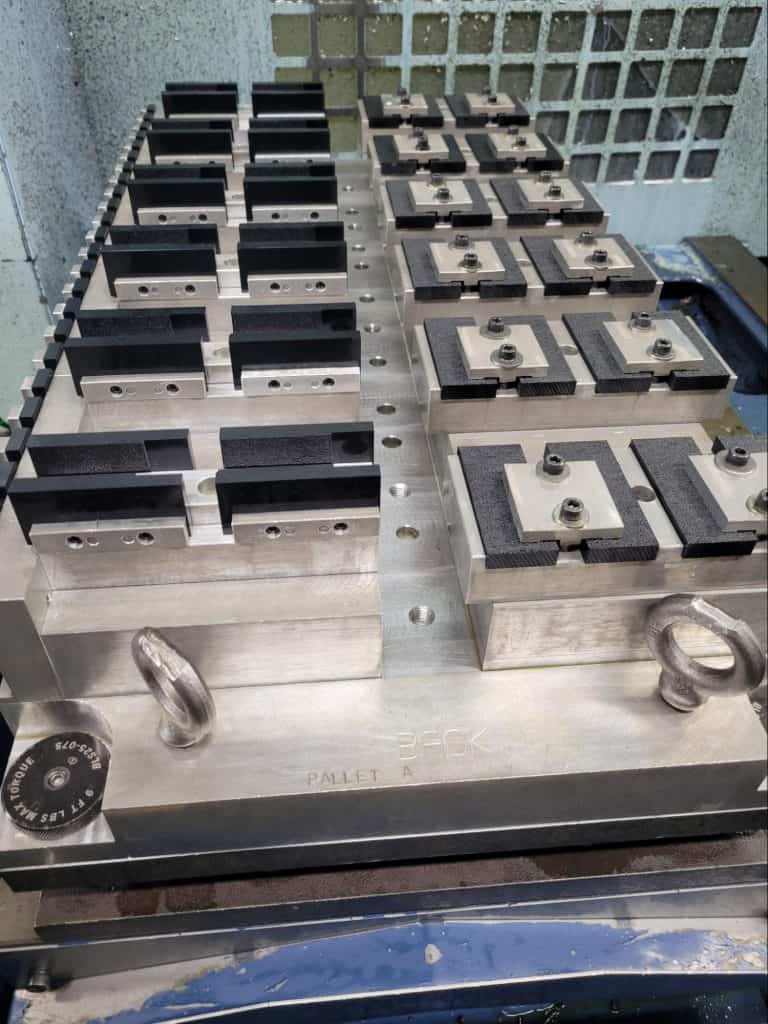
Milling and machining fixtures play an essential role in the world of manufacturing. Helping to improve machining processes by making them more efficient, safe and accurate, the advantages of work holding fixtures are vital in modern manufacturing. In an industry defined by efficiency and quality, milling and machine fixtures are fundamental in production processes. Despite […]
Additive vs. Subtractive Manufacturing: What’s the Difference?
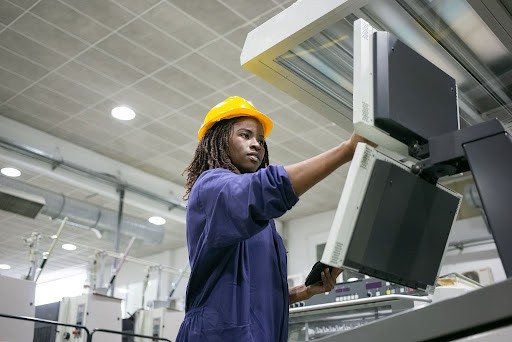
Both types of manufacturing methods are often used in different stages of product development and both types of manufactured parts are often found together in final assemblies. Parallels aside, there are major differences to why and when a part would be manufactured using subtractive vs. additive manufacturing. So, let’s look at some of them now. […]